8 Natural Food Disinfectant
Why We Trust Natural Disinfectants
We handle food every day. From fruits to leafy greens, safety matters more than ever. No one likes the thought of toxic chemical residue on the food we eat.
We want safe and simple solutions that kill germs without hurting our families. That’s why we lean toward natural disinfectants. They get the job done without chlorine bleach or other harsh chemical cleaners.
We’ve tried and tested many methods in our kitchen. Some work better than expected, while others surprise us with their effectiveness. Here’s our honest take on the best 8 natural food disinfectant ideas that fit easily into daily routines.
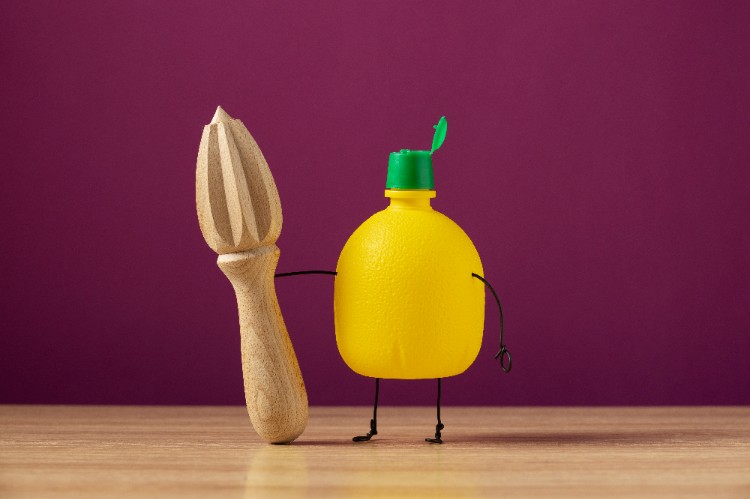
1. White Vinegar and Acetic Acid Power
White vinegar tops almost every list. It cleans, removes stains, and makes surfaces shine. Acetic acid, the active compound, breaks down dirt and kills bacteria fast.
How to Use Vinegar Safely
Mix 1/2 cup of white vinegar with 1 cup of warm water
Pour into a spray bottle for easy use
Spray directly on fruits or veggies
Rinse with water after one minute
This method works on apples, cucumbers, and even leafy greens. The smell fades quickly, leaving food clean and fresh.
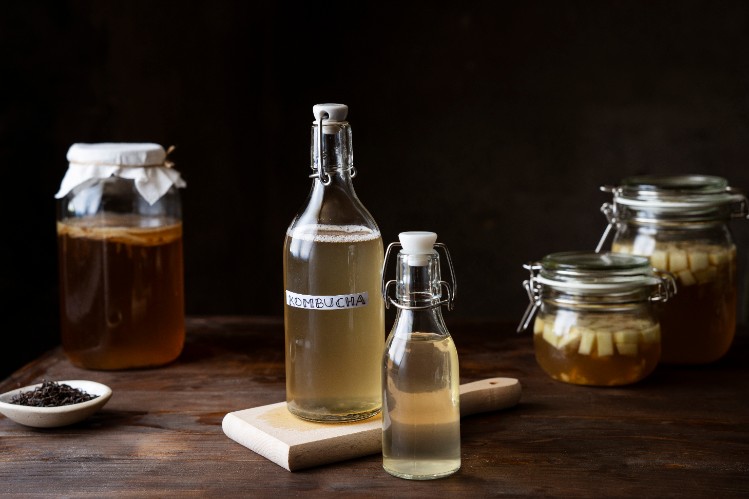
2. Baking Soda: Gentle Yet Strong
Baking soda has been in our cupboards forever. It removes stains and neutralizes odors. Many of us forget it also works as a natural disinfectant.
Cleaning with Baking Soda
Mix 2 teaspoons into 1 liter of warm water
Stir until dissolved
Soak food for 10 minutes
Rinse under running water
We also scrub pots and pans with baking soda. It acts like sandpaper without scratching surfaces. Who knew a simple powder could do so much?
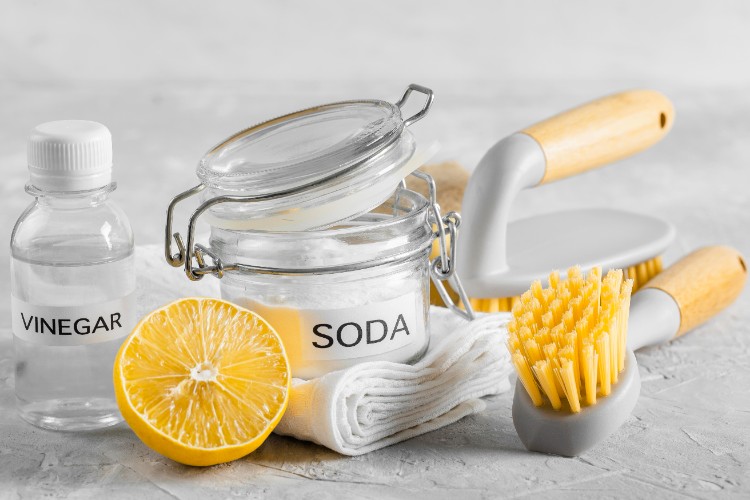
3. Hydrogen Peroxide for Killing Bacteria
Hydrogen peroxide feels like magic in a bottle. It foams up and shows us it’s working. It’s strong enough to kill germs yet safe when diluted.
Safe Mixing Guide
Use 3% hydrogen peroxide
Pour into a spray bottle undiluted
Mist fruits and vegetables evenly
Rinse thoroughly after one minute
This method works well on grapes, berries, and foods with small crevices. We love watching the fizz—it’s proof of action in real-time.
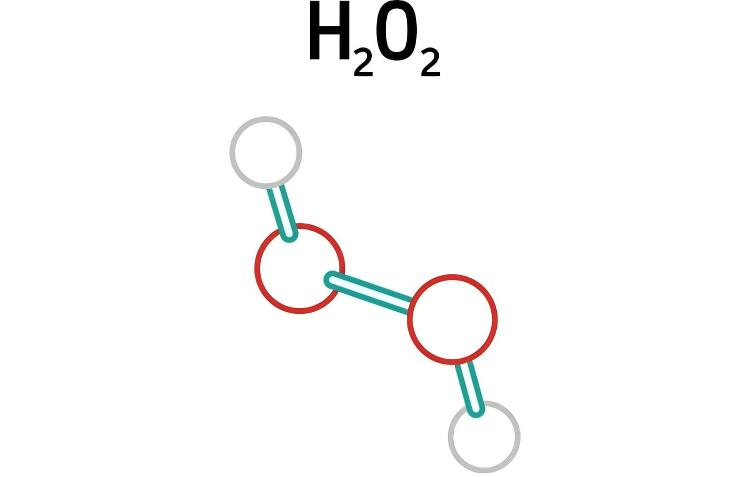
4. Essential Oils with Fresh Energy
Essential oils bring natural fragrance and disinfecting power. Lemon, tea tree, and oregano oils fight bacteria without toxic chemical residues.
How We Mix Them
Add 5 drops of lemon oil to 1/2 cup of warm water
Shake in a spray bottle
Spray over cutting boards and food surfaces
Wipe dry with a clean cloth
Essential oils feel fancy yet practical. They freshen the kitchen while protecting food. It’s like aromatherapy meets cleaning.
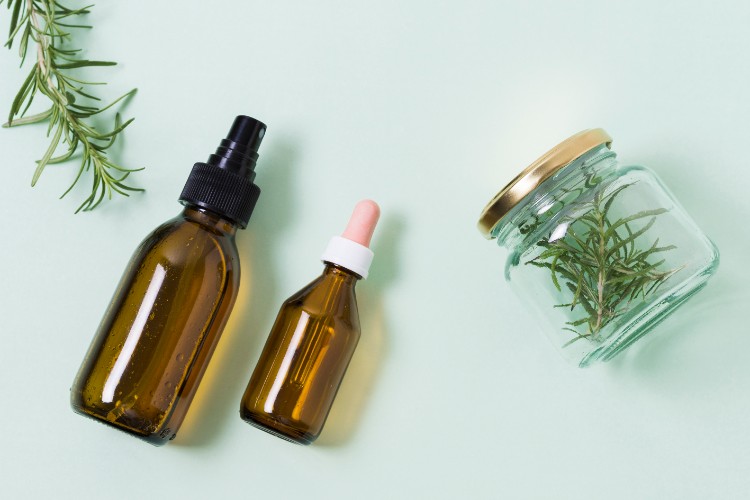
5. Table Salt: The Ancient Cleanser
Salt has been used for centuries to preserve and disinfect. It draws moisture out of bacteria and helps kill germs naturally.
Salt Solution Recipe
Mix 1 tablespoon of table salt into 2 cups of warm water
Stir until dissolved
Soak vegetables for 15 minutes
Rinse before eating
This method works well for leafy greens. Salt even makes lettuce crisp again. Old-fashioned tricks still hold power today.
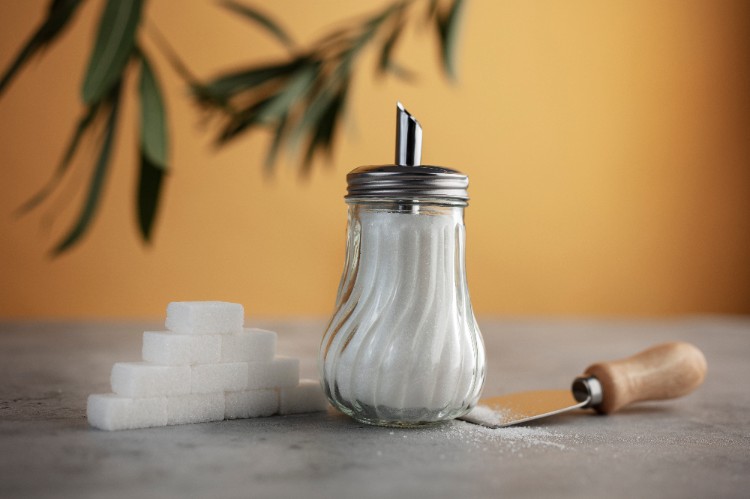
6. Isopropyl Alcohol for Surfaces
We don’t use isopropyl alcohol directly on food, but it shines as a surface cleaner. It sanitizes counters, knives, and cutting boards where germs often hide.
Quick Cleaning Steps
Pour 1/2 cup of isopropyl alcohol into a spray bottle
Spray onto kitchen surfaces
Let air dry for one minute
Rinse with warm water if needed
This step ensures food never touches a dirty counter. It gives us peace of mind every single time.
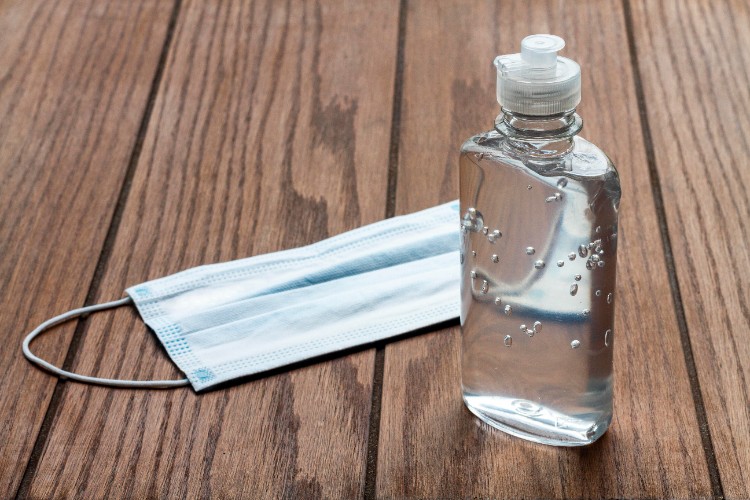
7. Warm Water: The Simplest Choice
Sometimes we forget that warm water works wonders. It removes dirt and many germs without any additives.
How We Use It
Rinse produce under warm running water
Rub gently with hands or a soft brush
Dry with a clean cloth
It sounds too simple, but warm water remains one of the most reliable natural alternatives. When in doubt, we trust it.
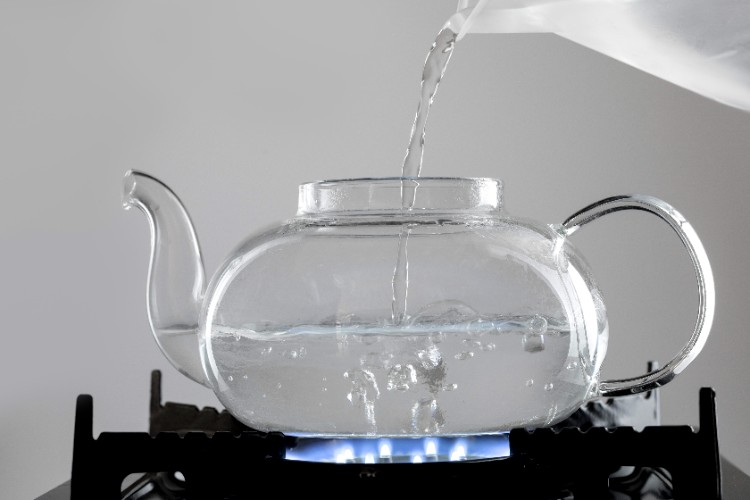
8. Shine Hypochlorous Acid Generator
Finally, we turn to technology. A Hypochlorous Acid Generator creates HOCl solution from salt, water, and electricity. It’s a natural alternative to chlorine bleach that kills bacteria and viruses in seconds.
Why We Love It
Produces non-toxic disinfectant on demand
Safe for food contact surfaces
Works faster than most natural disinfectants
Leaves no harsh chemical residue
We spray HOCl solution on fruits, pots and pans, and cutting boards. It feels futuristic yet simple. It’s like having a science lab in the kitchen.
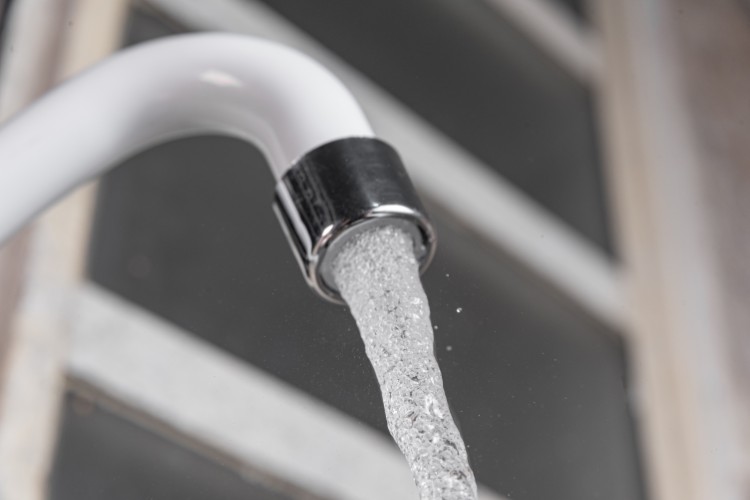
Comparing the 8 Natural Food Disinfectant Options
Strengths and Best Uses
White Vinegar: Best for general washing
Baking Soda: Perfect for soaking produce and scrubbing cookware
Hydrogen Peroxide: Ideal for berries and crevices
Essential Oils: Adds freshness and mild disinfecting power
Table Salt: Works best for greens
Isopropyl Alcohol: Great for tools and surfaces
Warm Water: Reliable and always available
HOCl Solution: Fast and effective for killing bacteria
Each choice has its place. We mix and match depending on the food and situation. No single option rules them all.
Why Natural Alternatives Matter
We feel safer knowing our food is free from harsh chemical cleaners. We want methods that protect health without trading safety for convenience. Natural disinfectants meet both needs. They clean and disinfect without worry about toxic chemical residues.
We’ve seen how they save money, too. Most of these ingredients already sit in our kitchen. Baking soda, table salt, and vinegar cost pennies compared to store-bought sprays.
Final Thoughts: Our Kitchen Confidence
We used to doubt natural disinfectants. Now we see their power daily. From killing bacteria to making food taste fresher, they give us confidence. Whether we grab a spray bottle of vinegar or fire up a Shine Hypochlorous Acid Generator, we feel proud of these choices.
Food safety doesn’t need to feel scary or complicated. Sometimes it just takes 1/2 cup of vinegar, a little salt, or the fizz of hydrogen peroxide. Add a touch of essential oils, and suddenly cleaning feels enjoyable.
Our kitchen no longer smells like chlorine bleach. It smells like lemons, fresh greens, and peace of mind. That’s the beauty of natural alternatives.
